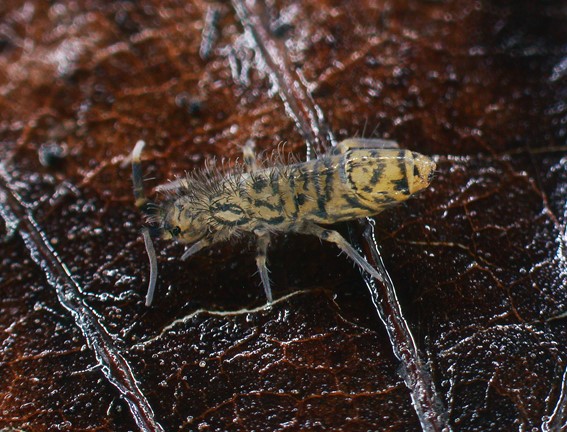Edaphic mesofauna as a stress indicator
The biological activity developed by the edaphic mesofauna is manager of the nutrient flow and the recycling of organic subject in terrestrial ecosystems.

The flow of nutrients and the recycling of organic subject in terrestrial ecosystems is governed by the biotic components of the soil. The activity of mesofauna is one of the main drivers of this process, as it decomposes leaf litter and organic subject facilitating further processing by fungi and bacteria. In addition, healthy soil ecosystems play a critical role in the overall carbon flux and ecosystem productivity.
However, assessing the state of the soil ecosystem and, therefore, its role in the carbon balance, geochemical fluxes and ecosystem services is complicated. There are two main reasons for this:
-
The scarce knowledge on the populations involved, which requires very considerable taxonomic expertise; and
-
The difficulty of quantitatively assessing such populations, due to the leave replicability of traditional sampling methods, which prevent an adequate assessment of biomass and biological diversity.
In addition, a set of indices suitable for assessing biological activity in soil, such as the biotic indices used in river monitoring, is not yet available.
BIOMA members work on the characterization of soil mesofauna as ecosystem components in a qualitative and quantitative manner, developing replicable sampling systems and methods capable of providing:
-
An accurate profile of the distribution of mesofauna along the profile soil.
-
A reliable quantification of its biomass.
-
A level of reproducibility that allows comparison between sites.
-
Undisturbed biological specimens susceptible to precise taxonomic characterization.
To achieve these objectives, high throughput sampling methods and automated image-based species recognition systems have been developed. The aim is to conduct research to develop standardized bioindication procedures to assess the health of the terrestrial ecosystem and predict its evolution under different scenarios of environmental change.
